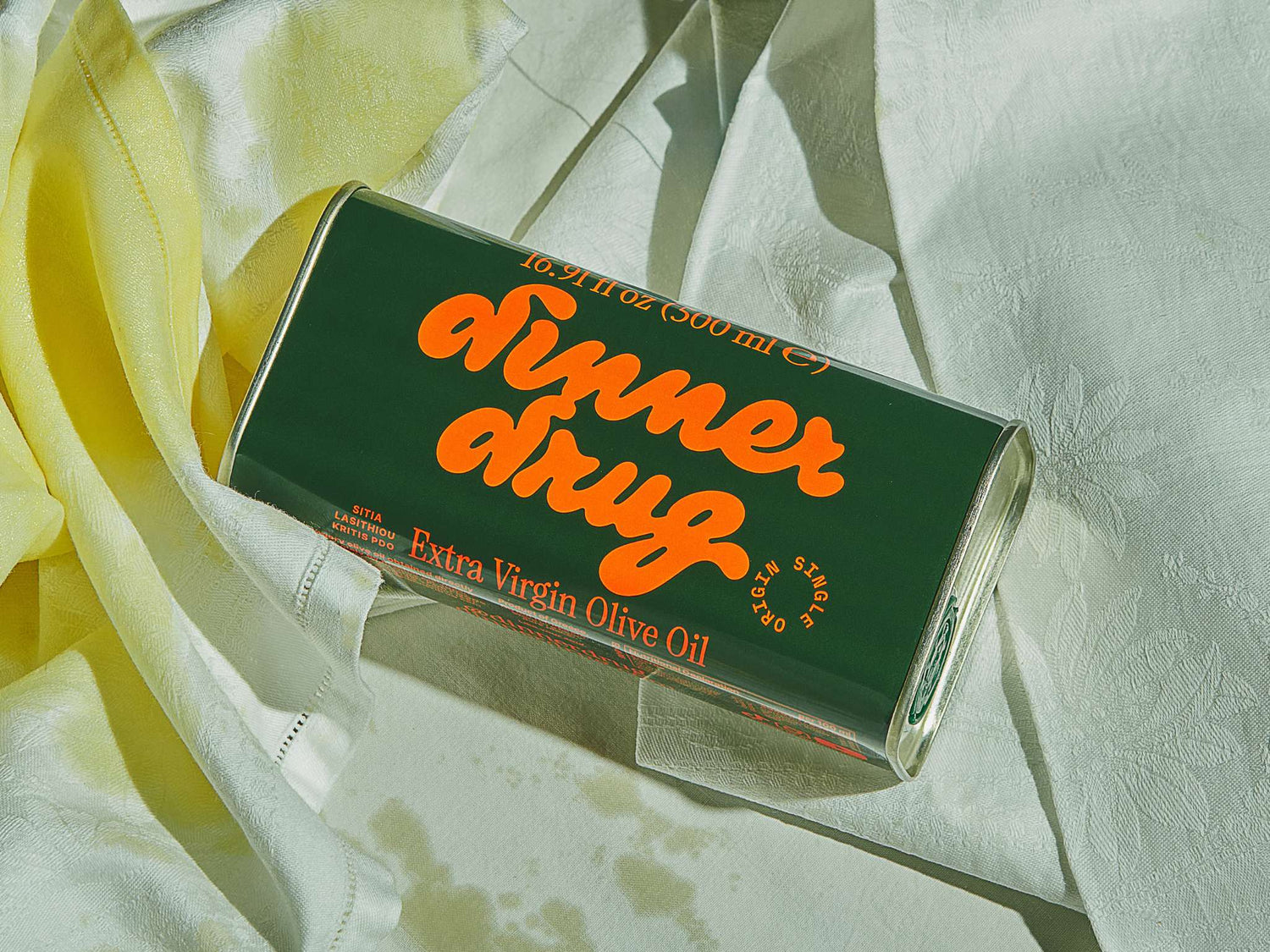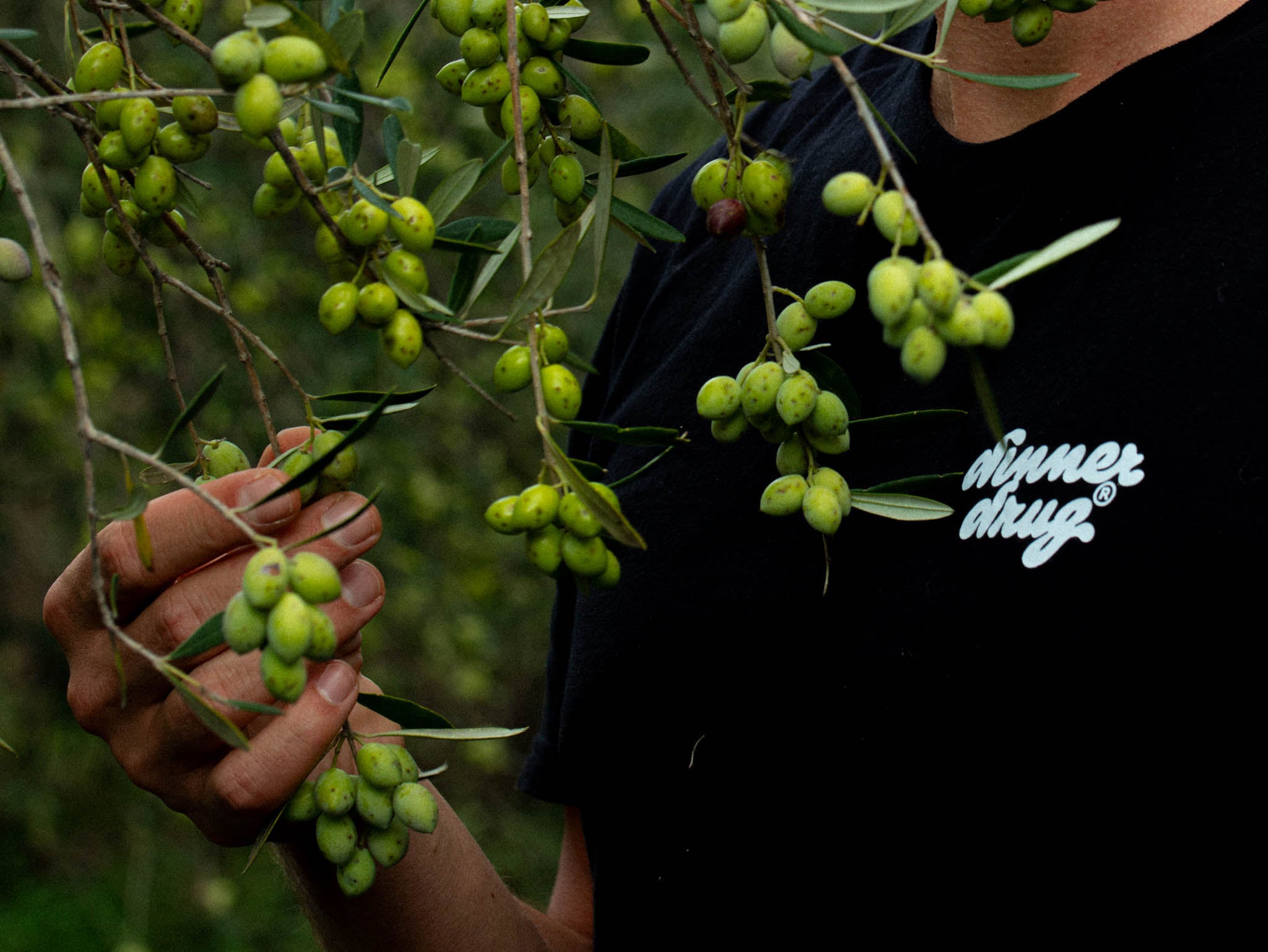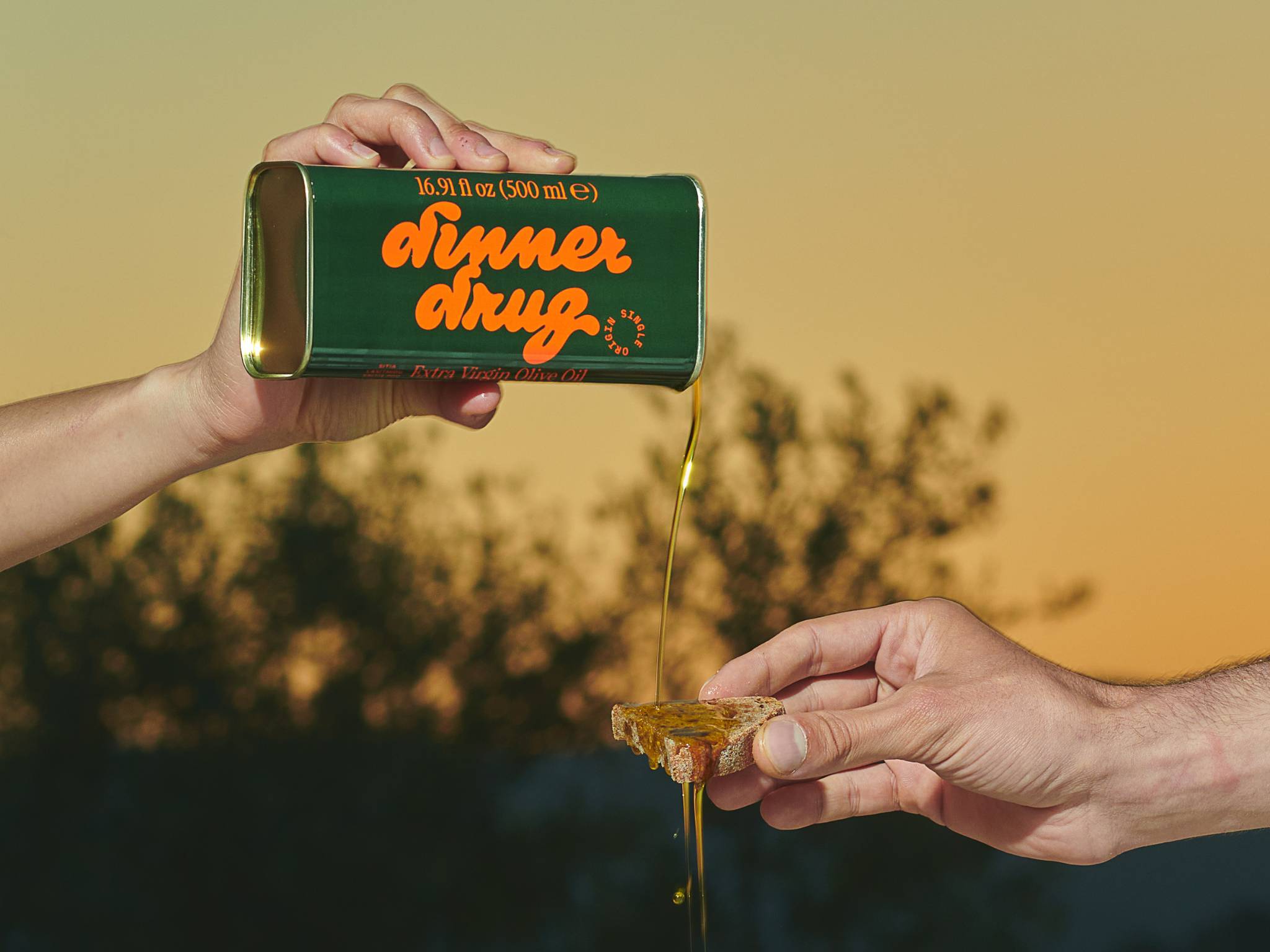Let me be honest with you. I never used to pay attention to the olive oil I randomly grabbed from supermarket shelves. It was usually one of the cheaper ones, partly because I had little money as a student.
But knowing what I know today, I would never try to save on olive oil again. I pay much more attention to my health than I did as a student, and that means more than just leaving a party sober. Olive oil is part of my solution, but it has got to be the right one.
5 tips to make your choice among the jungle of olive oil offers
Want to get healthier and carry on feasting? This guide with the five most important things to watch out for will make your choice come easy.
Olive oil designations: which type of oil is used for what?
Are you going for extra virgin or simply virgin oil? When should you buy olive pomace oil (should you, actually?), or are you going all in and investing in a bottle of organic extra virgin oil? It’s easy to get lost in the jungle of olive oil designations. But here’s the point: it’s much easier than you might think.
Always look for "extra virgin" on the label, and you will be fine. Fine as in “a whole bunch of disasters will already be averted.” And before everyone starts shouting out the “ifs,” “do’s,” and “don’ts,” let me explain.
What is EVOO?
EVOO is the short form for extra virgin olive oil. This is the type of olive oil that ticks the following boxes:
- Cold-pressed (as is virgin olive oil)
- Comes from olives of the highest quality
- Is unrefined and without any defects
All these ensure that your oil comes with a high antioxidant load, a good amount of healthy fatty acids, and a tasty, fruity aroma you wouldn’t want to miss out on.
What about organic extra virgin oil?
You can also go organic, meaning that the olives are handpicked and no agrochemicals are used. But extra virgin is the baseline standard you should opt for when looking to improve your health and nutrition and upgrade your dinner parties.
Olive harvest date matters
Timing is crucial for good-quality olive oil. When the olives start changing their color from green to purple, that’s the ideal time for harvest, as their oil content will be at its peak. By looking at the bottle of oil, you obviously wouldn’t have a clue about the color of olives at harvest.

Fig.1. Olive oil groves in Sitia, Crete.
But try to find information about the harvest and extraction date because this really tells you how long your oil will stay good in your cupboard and when to use it by. As a rule of thumb, the older the oil, the less nutrient-dense it will be, and the more stale its taste. Extra virgin olive oil is best enjoyed within the first 18 months after extraction.
Bonus points go to brands that provide insights into what happens after harvest. The olives should be kept in a suitable container and processed as soon as possible. This saves them from damage and oxidation, bringing more nutritional value to your olive oil.
For example, the olives used for DinnerDrug’s extra virgin olive oil are taken to the olive press the same day they are harvested.
Trust the fine print, not just marketing slogans
Be wary of false marketing claims and promises that sound too good to be true. They usually are just that—too good to be true.
As olive oil prices are soaring through the roof these days, the amount of fraudulent, colored, and blended olive oils is rising, making it difficult to decide what’s actually real.
Additional certifications and the fine print on the label are guiding lights in the labyrinth of marketing slogans. Certifications like PDO (Protected Designation of Origin) or PGI (Protected Geographical Indication) guarantee a certain quality standard.
On top of that, opting for extra virgin olive oil from a single origin and a single olive variety (such as the famous Koroneiki olives from Crete) improves the flavor profile of your oil and serves as another quality measure.
Buy olive oil from a fancy and healthy bottle
Stay clear of light. I mean, stay clear of white, see-through glass bottles. Because, newsflash: it’s not just a matter of taste, style, and branding. How your olive oil is packaged impacts its quality and taste.
Light and heat reduce the quality of your oil, as do improper packaging materials, such as plastics. Plastic packaging is associated with an increased absorption of volatile and non-volatile compounds and microplastics into the oil.
This affects your health and even the taste of the olive oil. So do yourself a favor and ignore all the oils bottled in light glass or, even worse, in plastic containers—even if they might look fancy.
Your healthier alternative: containers made from stainless steel or dark glass that will prevent light from entering and damaging your oil.
The greener the better?
Well, yes and no. Of course, the color of your olive oil can tell you a lot about its quality. But so can its smell (which you can’t tell by looking at it) and flavor.
So instead of guessing and gambling on the hope that the given oil hasn’t been spiked with chlorophyll to fool you (a common practice nowadays, by the way), trust your knowledge about high-quality extra virgin olive oil.





